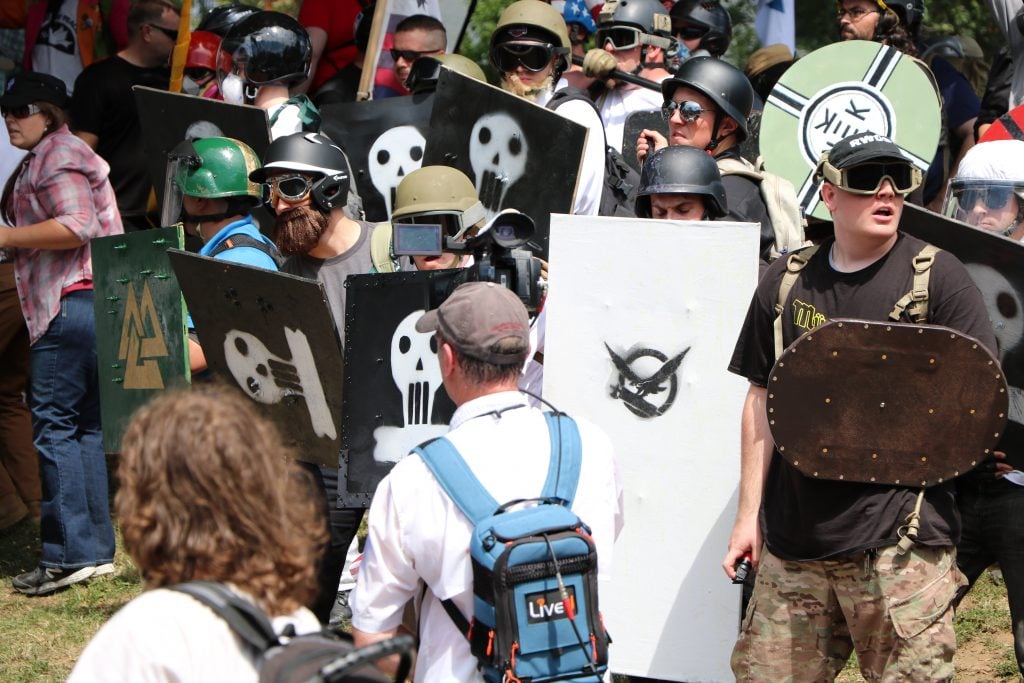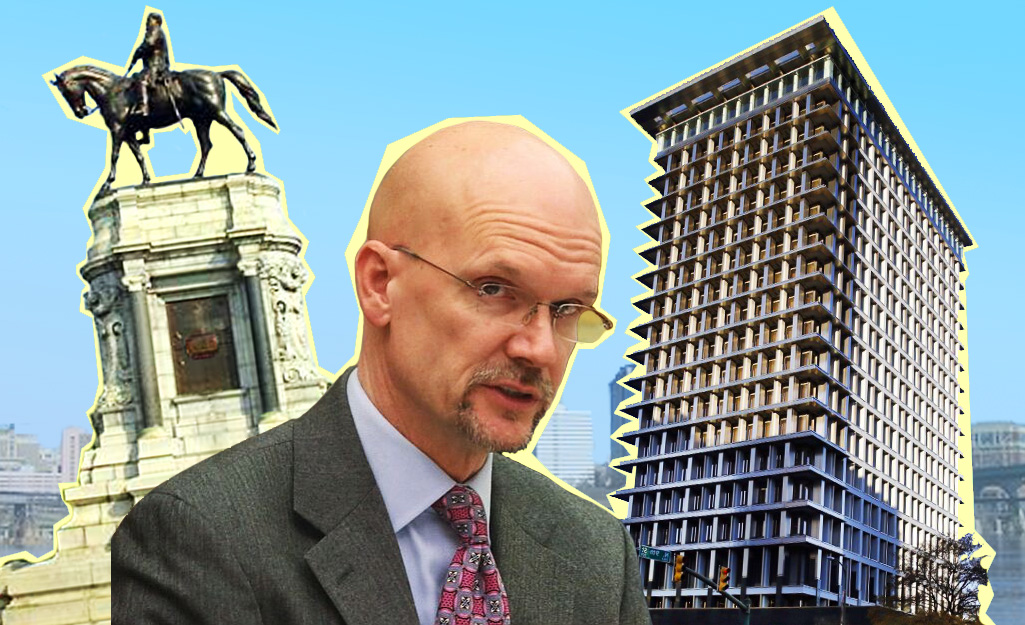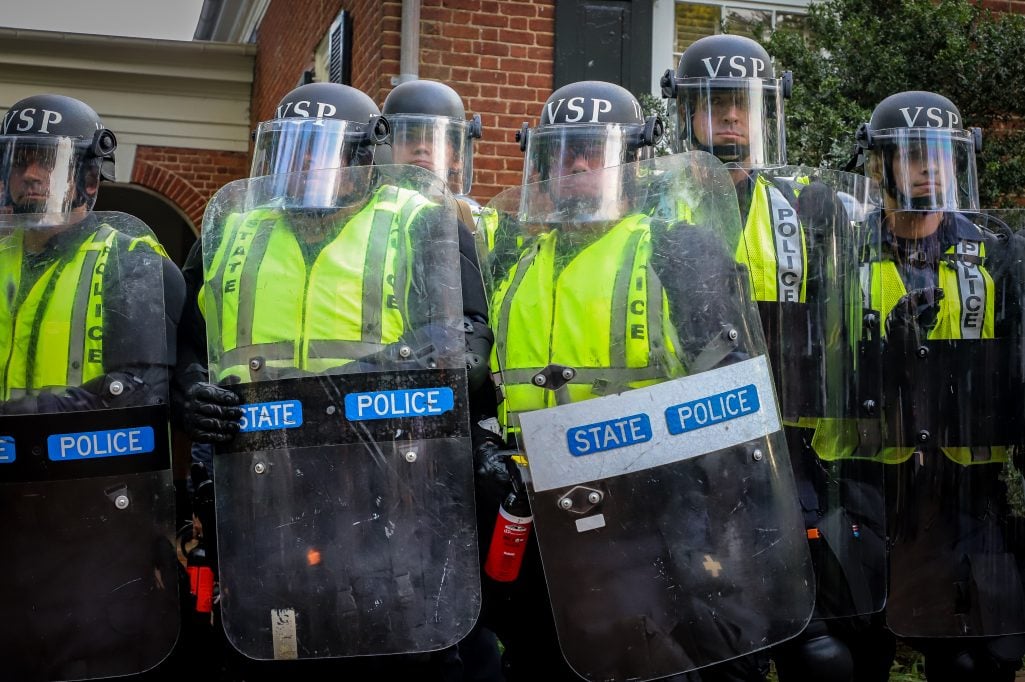Hate crimes in Virginia rose nearly 50 percent from 2016 to 2017. This year, Attorney General Mark Herring proposed legislation to deal with the problem... but all of the bills died in the General Assembly. Virginia recorded more than 200 hate crimes in 2017 — up...





